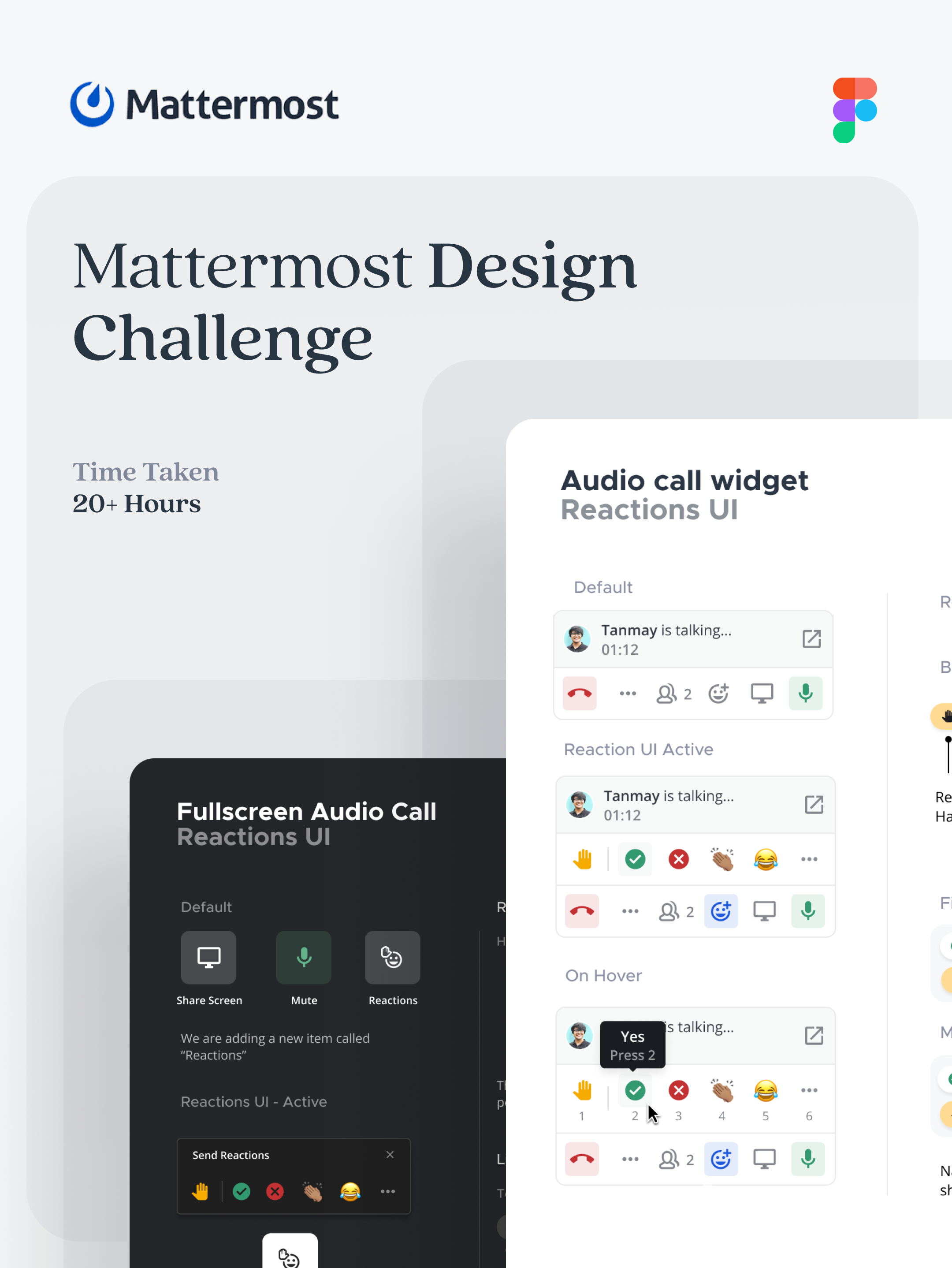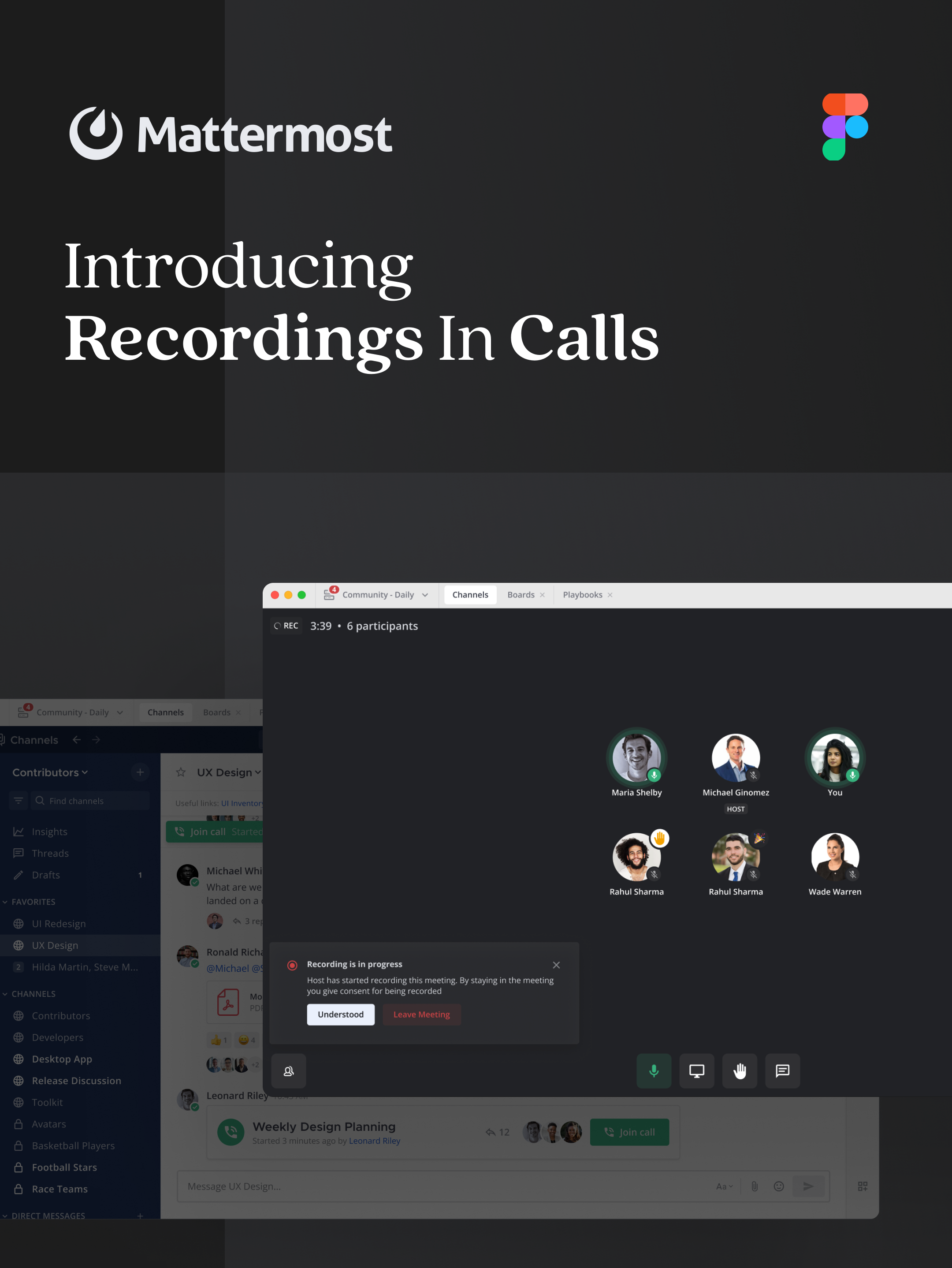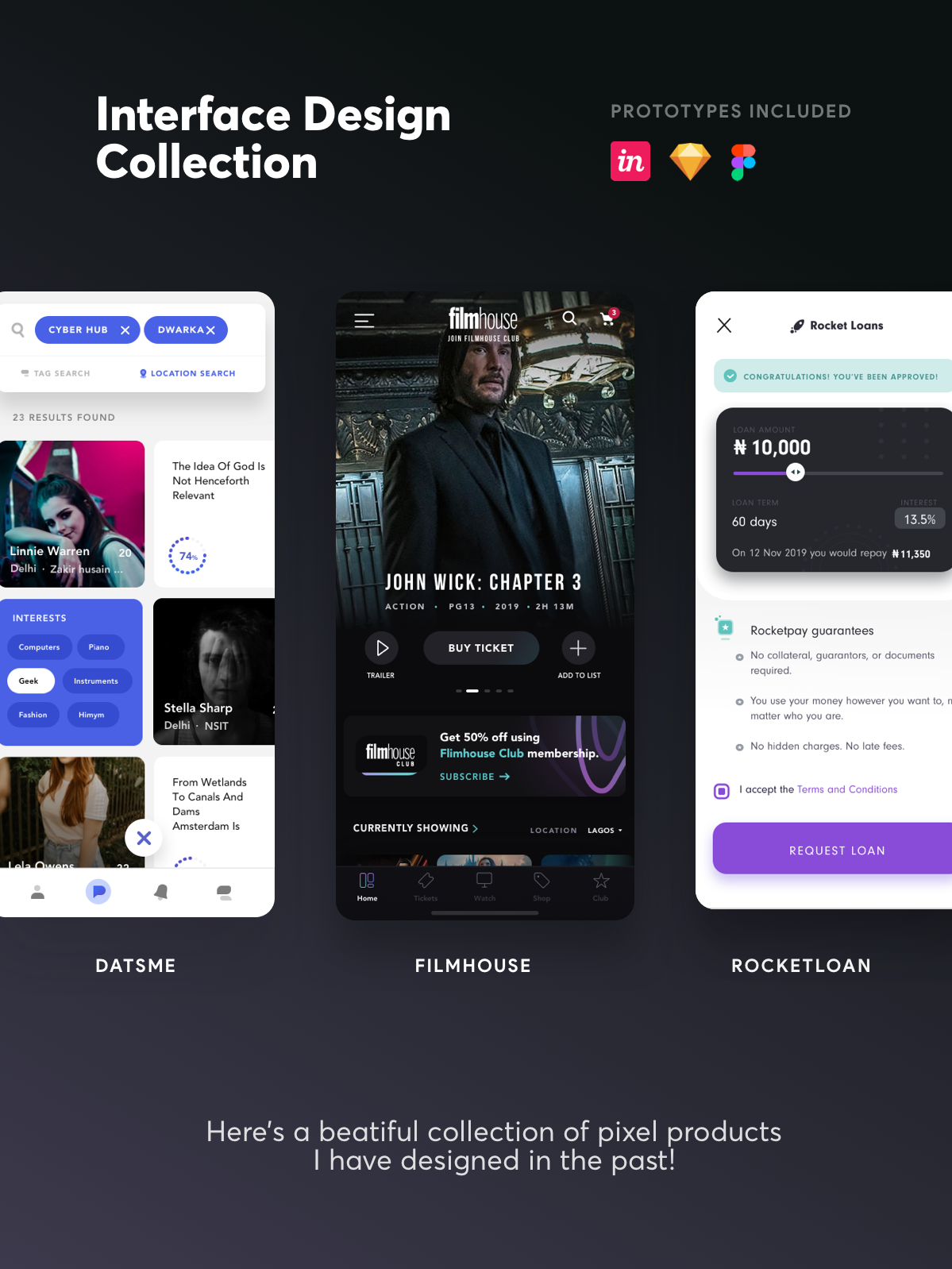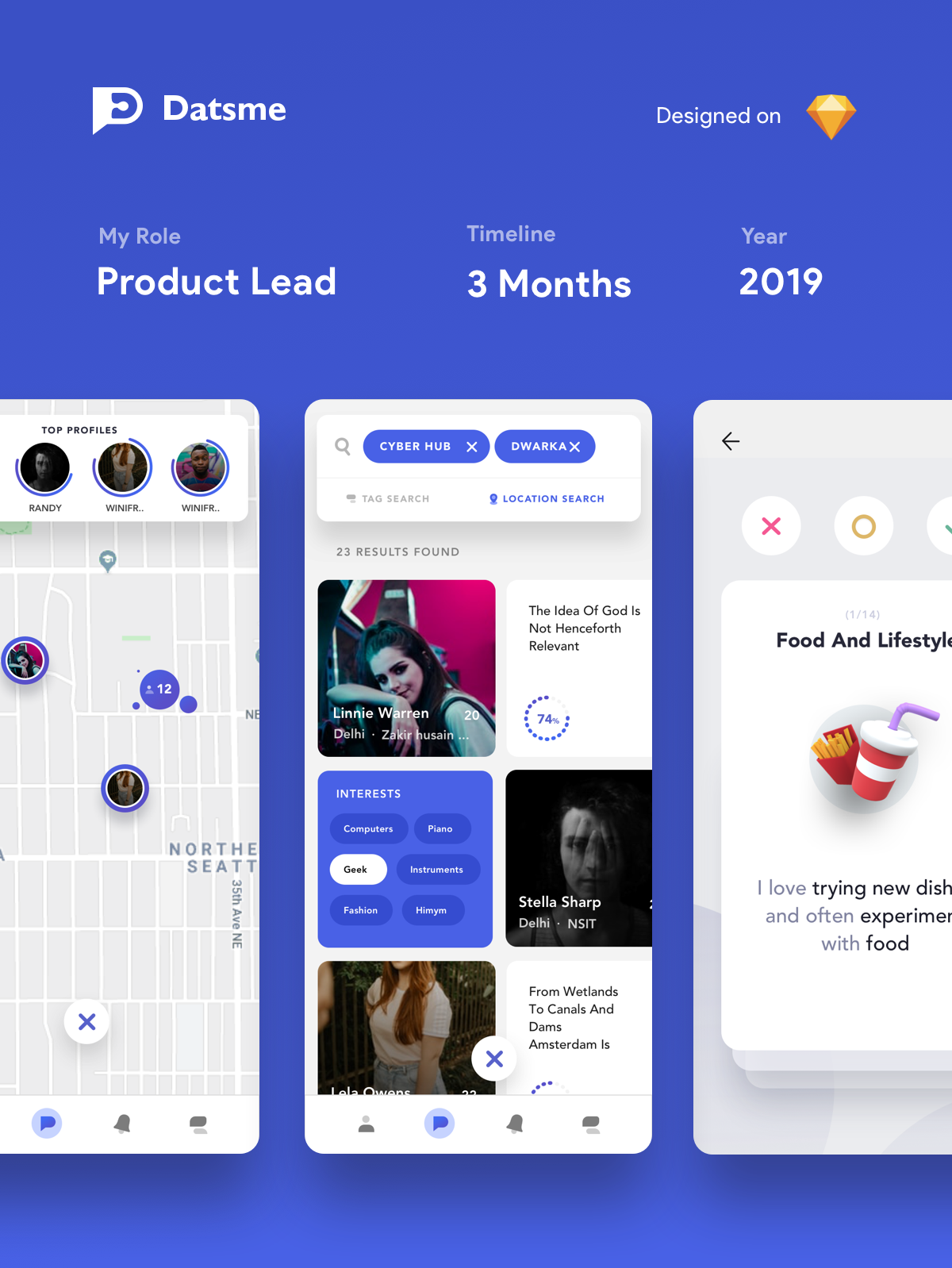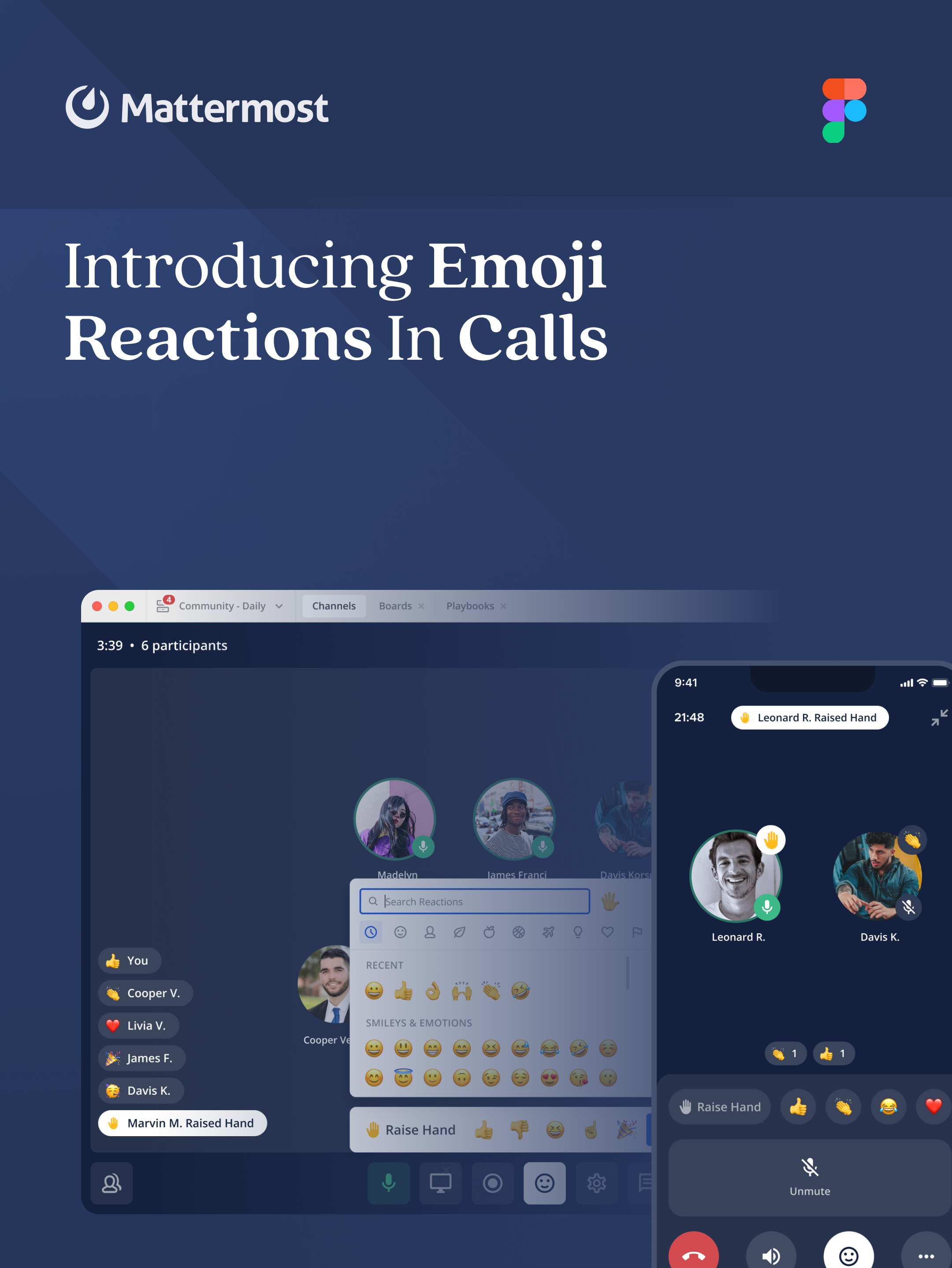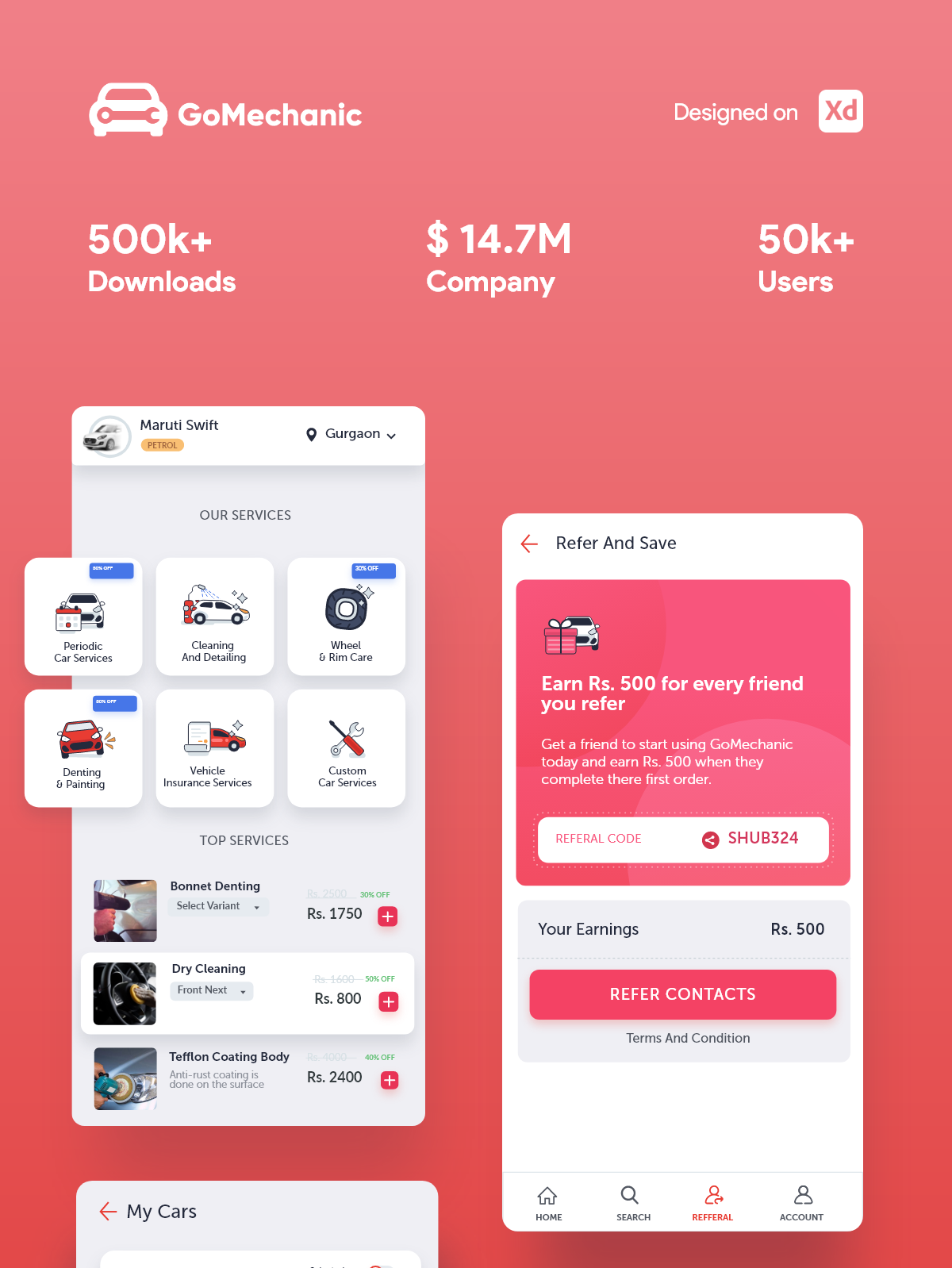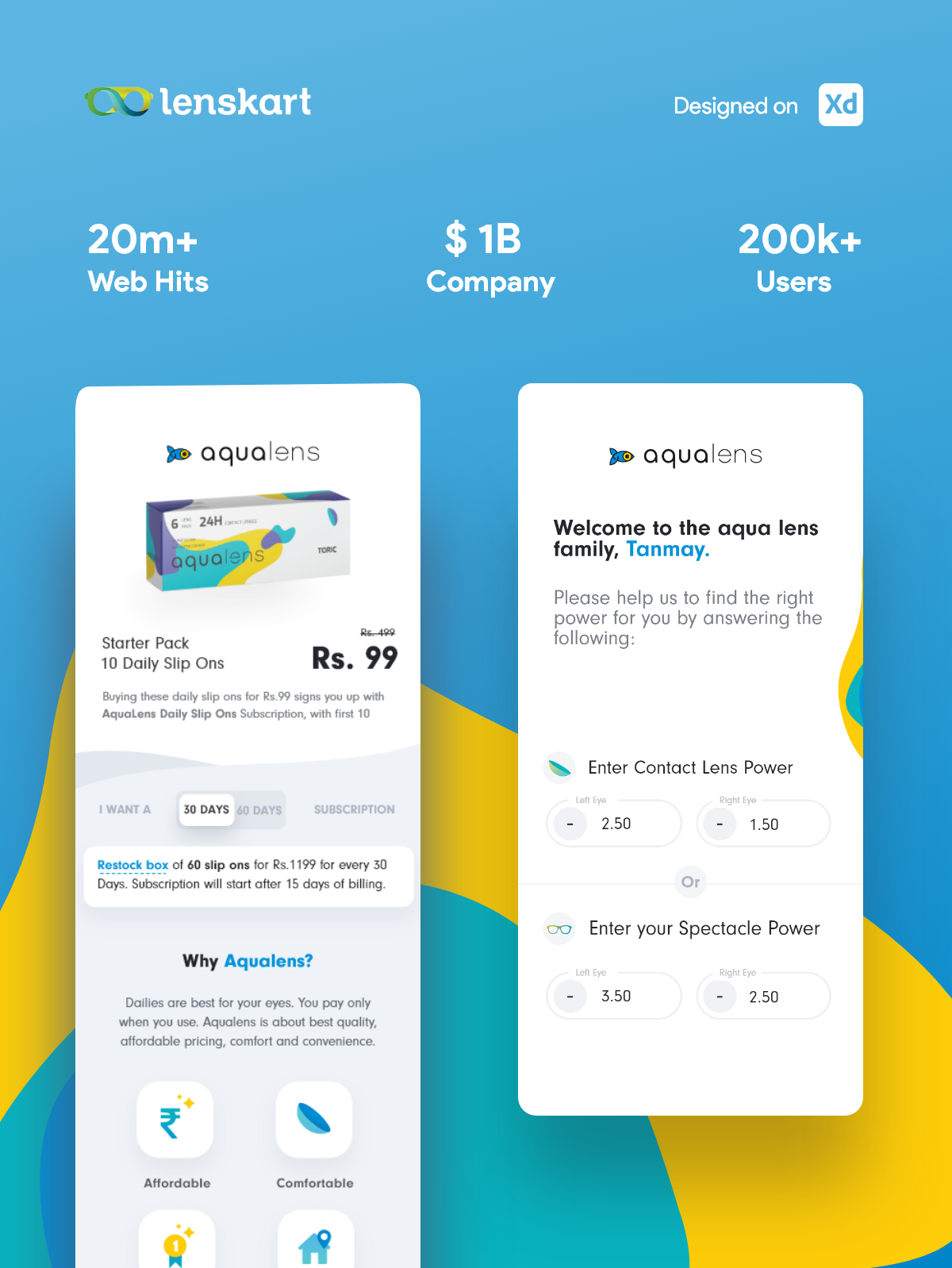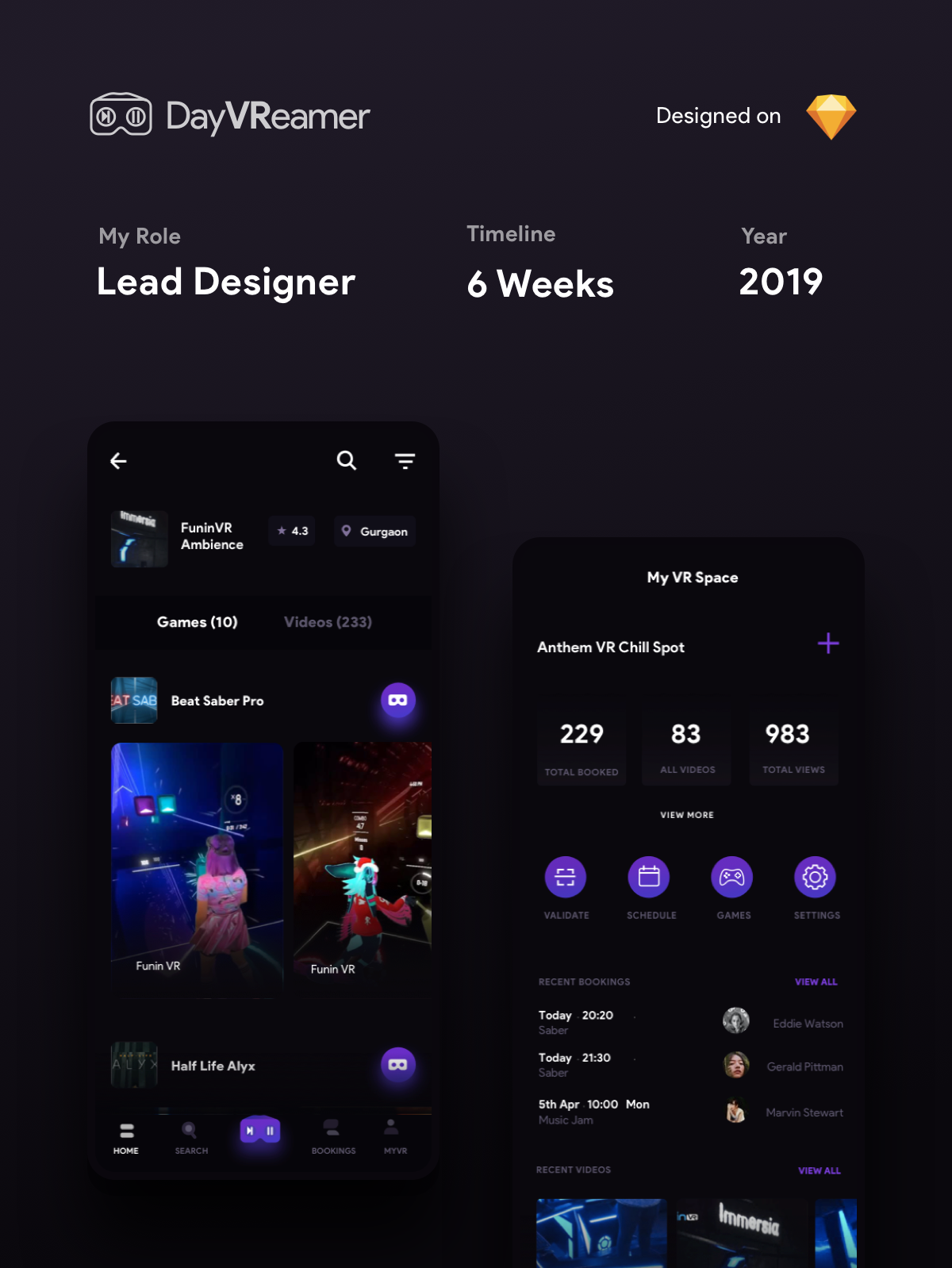I joined Snaptrude last year (2023) and was officially the first design hire. Originally, I was part of the PLG team, but slowly and gradually, I became responsible for the main product as well as, eventually, the design function. The first few months were spent refining our product feature workflows, building our design system, and fighting the roadmap changes and business goals. During the end of the year, we expanded the design team with 2 new members and added more structure to the team.
In this article, I'd like to share my journey, challenges, and key milestones as the senior designer at snaptrude
Key challenges and milestones
1. Design direction, vision and more
In the initial weeks, I was part of a lot of conversations with the leadership team about the direction and vision of the product. I consolidated the ideas that formed the basis of our product design principles.
One of the key challenges here was managing expectations and bringing everyone to the same page, as all the members were very particular about the design and it's direction.
2. Bringing in structure, processes and establishing design system
There were a lot of problems with the way the product design team worked, from some surface-level problems like file management to a few gaping holes in the product feature workflow.
It was quite overwhelming, shear number of problems we needed to figure out. I started knocking out easier problems, adding file and pages structure of figma. Consolidating all the components and styles we have so far and creating libraries out of it.
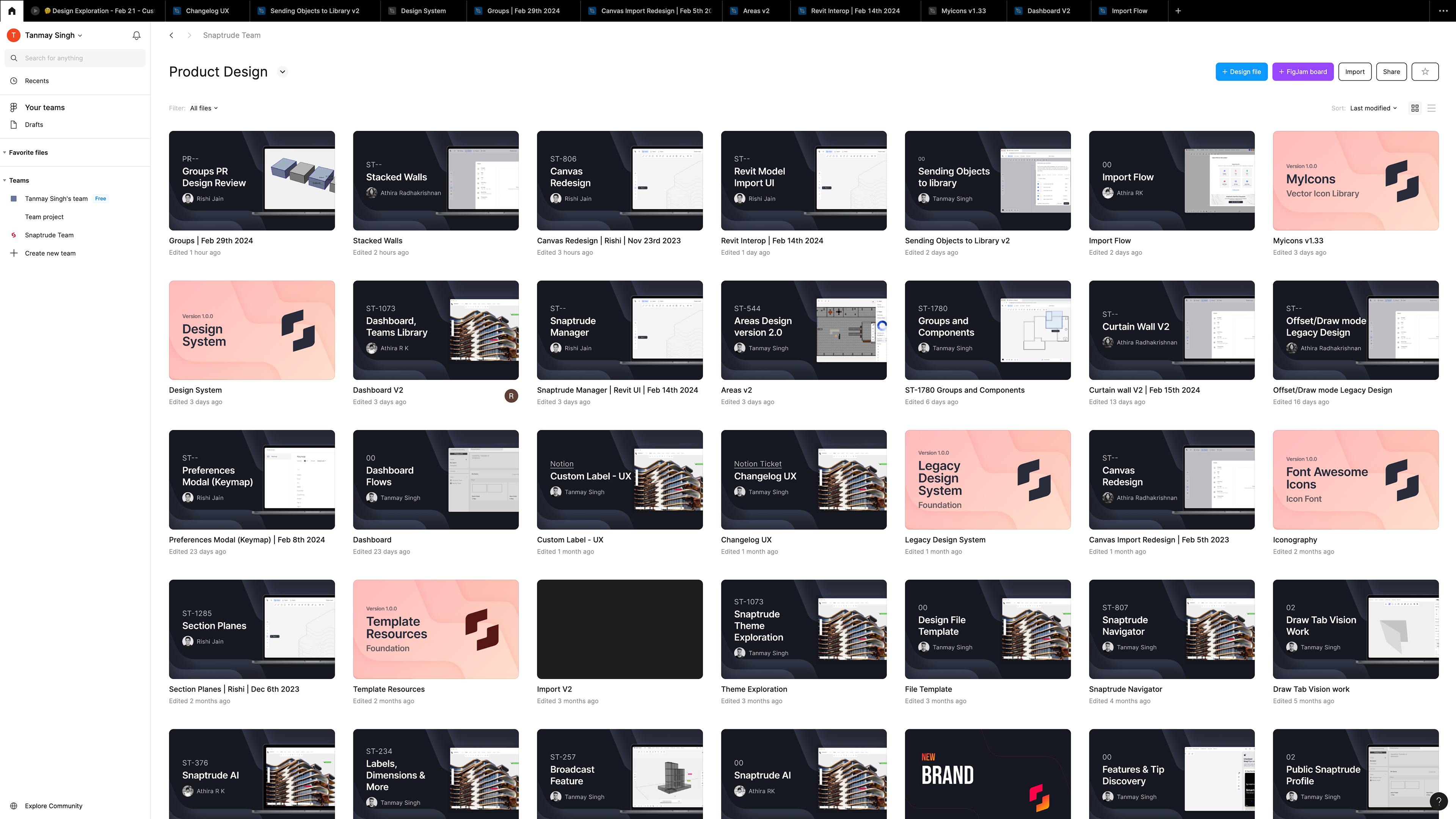
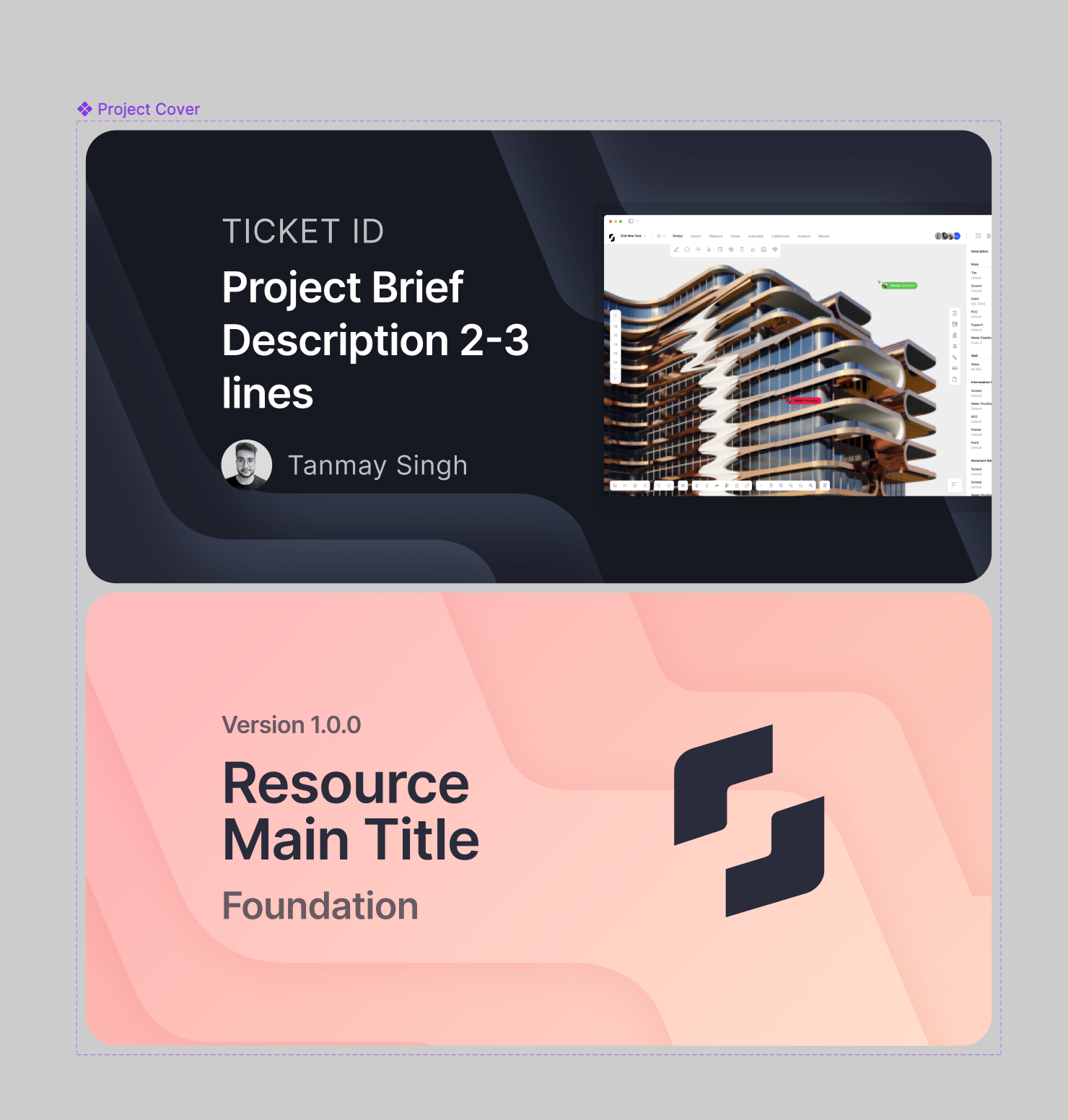

Collaborating with the engineers, we chose Tailwind CSS as our framework and used it as the base of our nascent design system. We also used font-awesome as our icon library to reduce both development and design time.
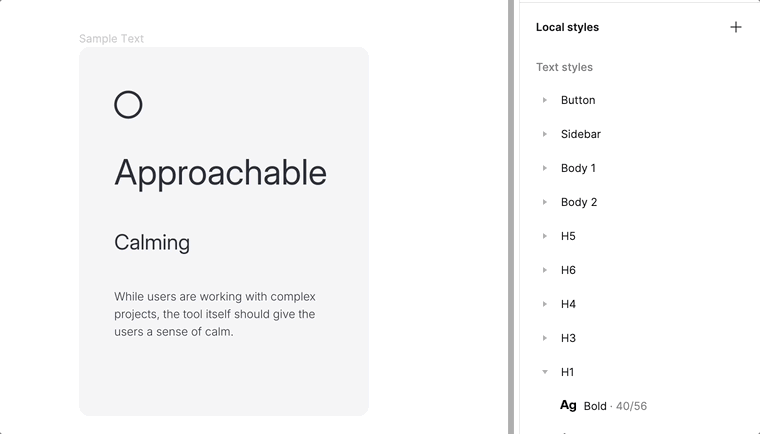
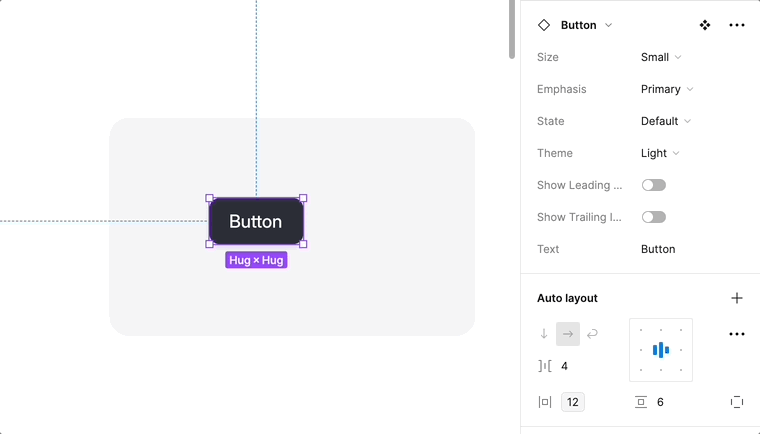
Design system components, guidelines and more
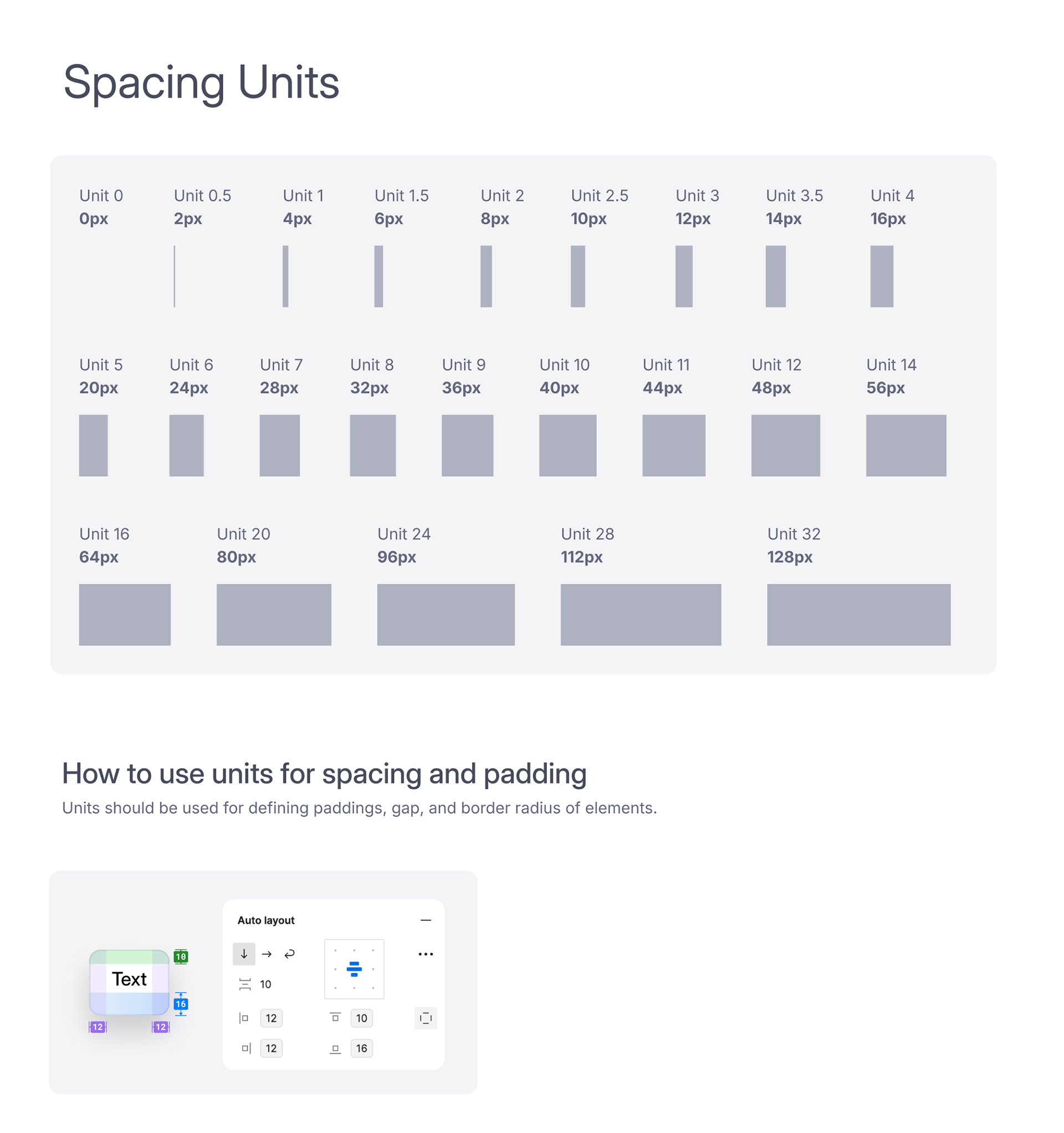


3. Expanding the team and going through organizational restructure
After raising Series A, there was a dramatic change in the organizational structure and roadmap, which led to the hiring of new designers, engineers, and more.
The main challenge came when there was another significant shift in the business goal in the first quarter of January 2023, which led to a close-knit product team focusing on features and other sales metrics.
This gave us the opportunity to re-shape the product feature workflow, which earlier was engineer-focused, to be more user-focused. We were able to get design much earlier in the feature lifecycle, add user research, dev handoff, and design QA.
This gave us the opportunity to re-shape the product feature workflow, which earlier was engineer-focused, to be more user-focused. We were able to get design much earlier in the feature lifecycle, add user research, dev handoff, and design QA.
Challenges, Failures and Learnings
1. Managing new designers and design systems
One of the major challenges for a young design team was, new members brought a lot of ideas, values, and their own processes.
Which almost led to entirely different design language for certain parts of the products. Other problems came in when using the same components but not enough discoverability of components led to use of different patterns in a single flow
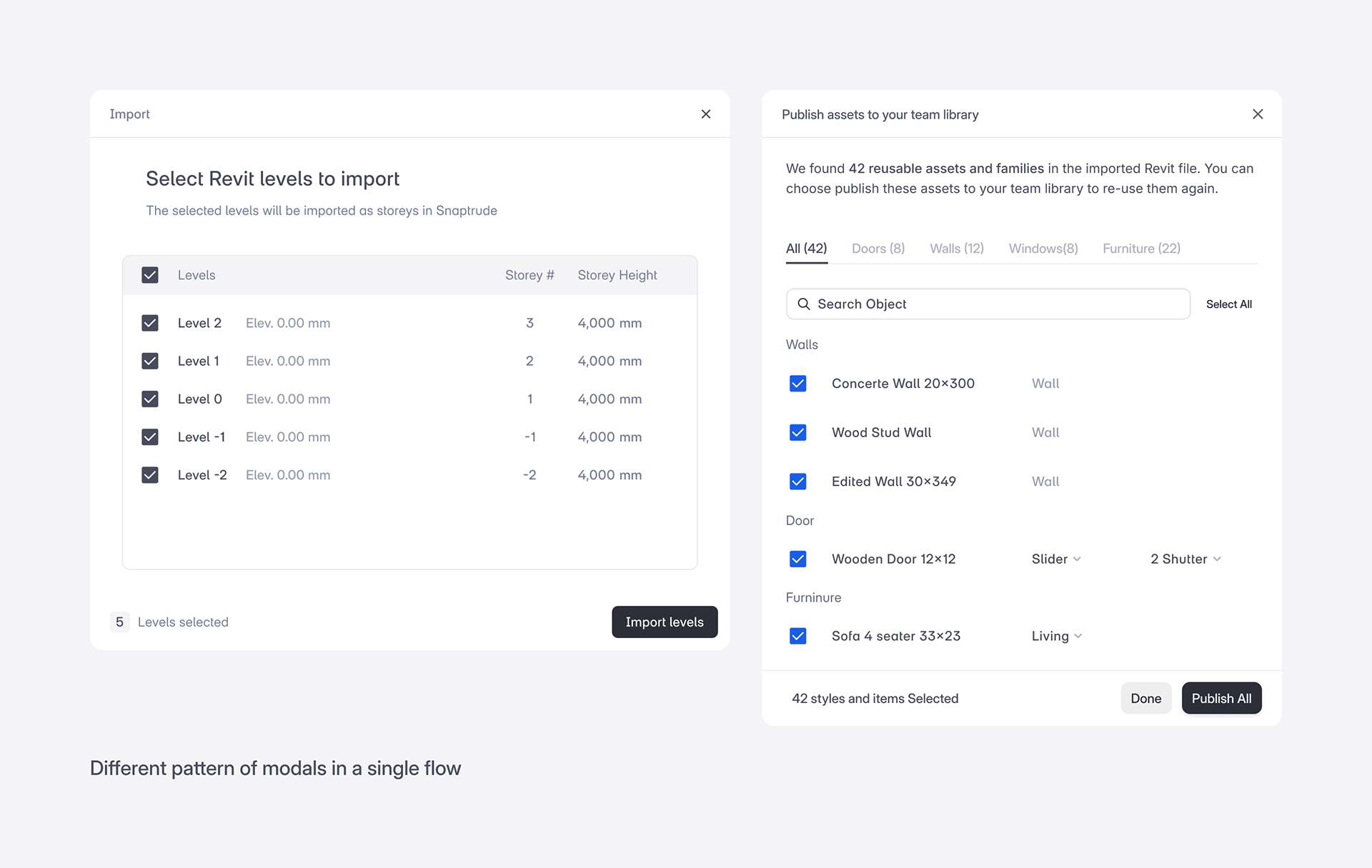
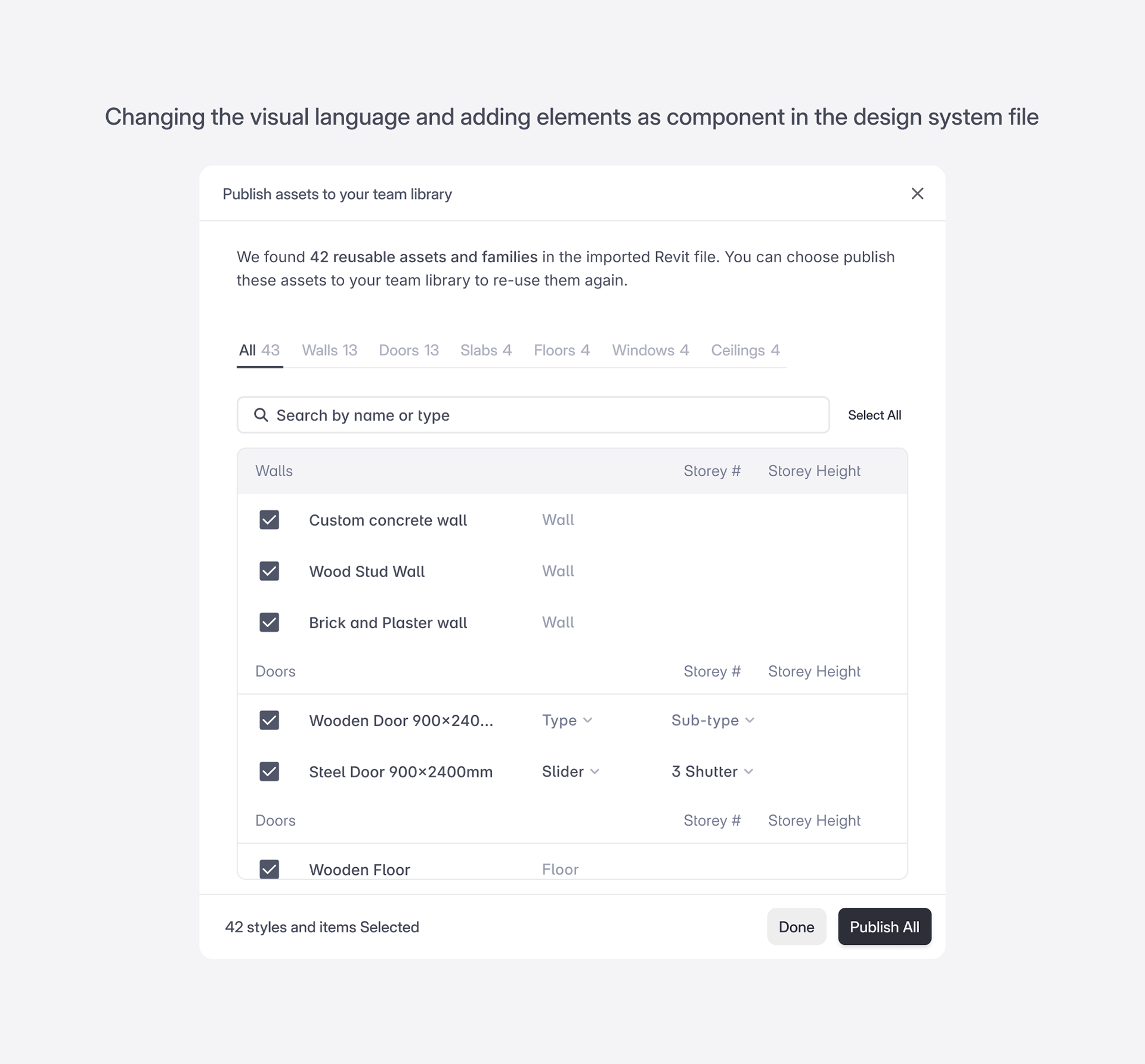
To solve this, we setup up some basic guidelines and standards.
I also initiated weekly design critique session so all the members had a good idea of what flows and features were everyone was working on
2. Enduring organizational restructuring changes and chaotic workflows
There was a major organizational restructuring that led to changes in workflows and processes, due to that a single designer was working with multiple product leads and specialists.
That poses problems as we did not have enough visibility of the product feature lifecycle to properly prioritize features, which resulted in a lot of last second request from the podleads, inevitably delaying a lot of features.
We tried to solve this by using the figjam calendar to get visibility over all the tasks and their priorities. It worked well for the first month, but as the pod leads grew, the calendar made everything a little more chaotic.
